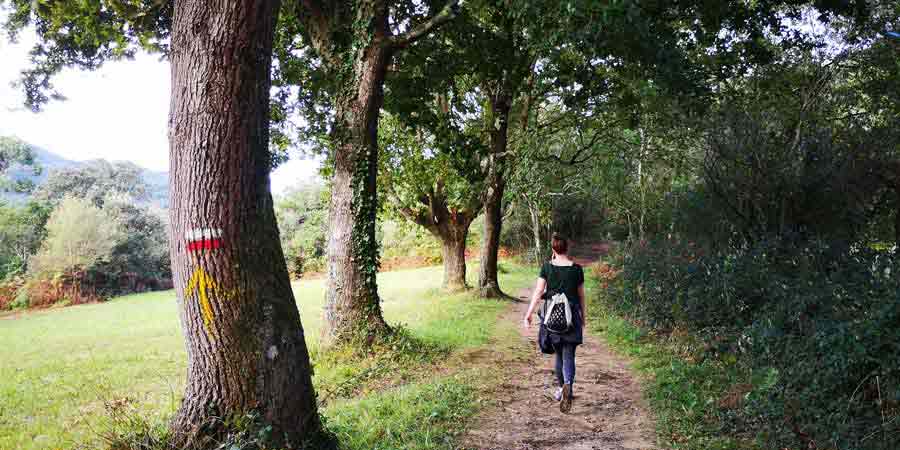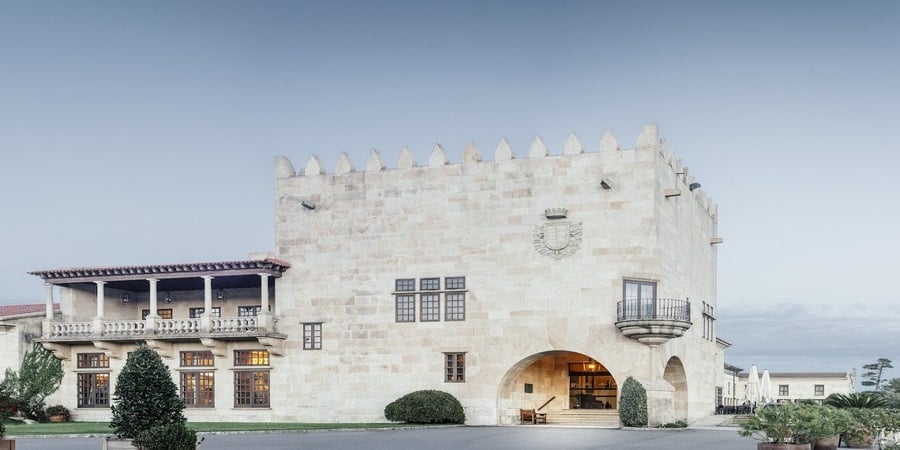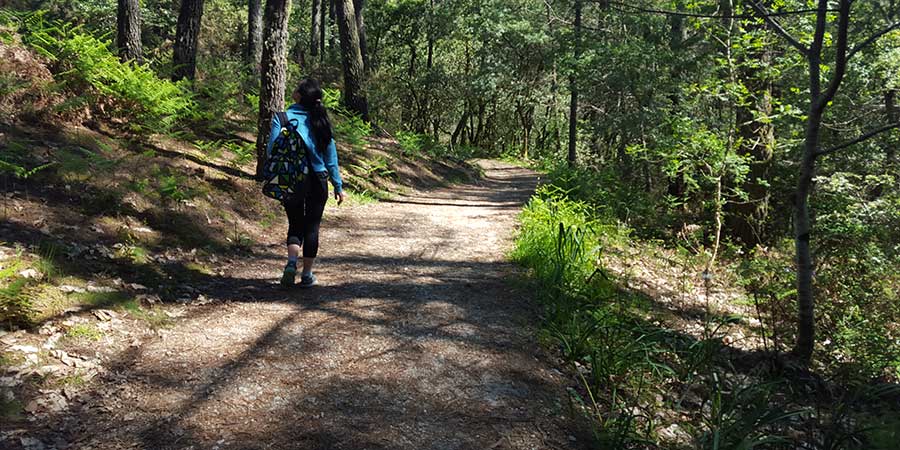Walking the Camino de Santiago alone can be a life-changing experience. It offers freedom, self-discovery, and the chance to connect with fellow pilgrims. If you are considering walking solo, this guide will help you prepare, stay safe, and make the most of your journey.
Choosing the Right Camino Route
Best Routes for Solo Walkers
Some Camino routes are more suited to solo pilgrims due to well-marked paths and frequent services. Consider these options:
- Camino Francés: The most popular and well-supported route with many fellow travellers.
- Camino Portugués: Offers a mix of coastal and inland scenery with good infrastructure.
- Camino del Norte: A quieter, scenic route with breathtaking coastal views.
- Camino Ingles: A shorter option ideal for first-time solo walkers.
Understanding the Difficulty Levels
Some Camino routes are more challenging than others. Research elevation changes, daily distances, and accommodation availability before choosing a route.
Essential Planning and Preparation
Setting a Realistic Itinerary
Plan your daily distances according to your fitness level. Allow for rest days and flexibility in case of unexpected delays.
Packing Smart for a Solo Trip
Travel light, but ensure you have essentials:
- Comfortable, broken-in walking shoes.
- A lightweight backpack with minimal but necessary clothing.
- First aid kit, sunscreen, and reusable water bottle.
- A guidebook or mobile app for navigation.
- A power bank to keep your devices charged.
- A whistle, flashlight, and a charged mobile phone with local SIM or eSIM or roaming.

Budgeting for Your Walk
Costs depend on your route and travel style. Budget for accommodation, meals, and small extras. Albergues (pilgrim hostels) offer affordable options, while private guesthouses provide more comfort and security.
Staying Safe on the Camino
Solo Traveller Safety Tips
The Camino is generally safe, but take precautions:
- Stay Informed: Equip yourself with knowledge about your route, primary stops, and potentially isolated stretches.
- Remain Connected: Share your daily plans and estimated arrival times with family, friends, or accommodation staff.
- Trust Your Gut: If something feels off, change your plans or walk with other pilgrims.
- Avoid Night Walks: Start your journey after sunrise and reach your destination before sundown.
- Respect Local Customs: Be mindful of cultural traditions and dress modestly in traditional areas.
Navigating the Route Alone
Waymarkers (yellow arrows and scallop shells) make it easy to follow the Camino. Use our navigation map or guidebook to stay on track.
Health and Well-being on the Camino
Listen to your body and prevent common walking injuries. Stay hydrated, stretch regularly, and address blisters or discomfort early.
Support and Community for Solo Travellers
Accommodations Catering to Solo Travellers
The Camino is dotted with pilgrim-friendly accommodations. Many hostels and guesthouses cater to solo walkers, ensuring safety and comfort.
Supportive Locals
Communities along the Camino are welcoming and familiar with pilgrims. Their kindness and guidance enhance the journey.
Meeting Fellow Pilgrims
Solo walking doesn’t mean being alone. You’ll meet pilgrims at albergues, rest stops, and on the trail. Greet others with Buen Camino! and join communal dinners.
Enjoying Time Alone
Solo walking allows for deep reflection. Embrace the quiet moments, keep a journal, and enjoy the freedom of setting your own pace.
Accommodation and Dining as a Solo Traveller
Choosing the Right Accommodation
Camino hotels and Accommodation options include:
- Albergues: Budget-friendly, social hostels for pilgrims.
- Hotels & Guesthouses: More privacy and comfort.
- Casa Rurales: Traditional countryside homes offering a cosy experience.
- Paradors: Luxury hotels managed by a state-run company and usually located in buildings of historical importance such as fortresses, monasteries and castles, but also new buildings set in nature reserves and areas of outstanding beauty.

Dining Alone on the Camino
Many restaurants offer menú del peregrino (pilgrim menu). You can dine solo or join fellow travellers at communal tables.
Final Tips for Walking the Camino Alone
Walking the Camino solo is an adventure filled with self-discovery, connection, and personal growth. The path, with its deep-rooted history of pilgrimage and community spirit, provides a safety net for solo travellers. Nevertheless, with a mix of preparation, awareness, and the shared bond of the Camino community, walking this legendary route alone can be both safe and incredibly rewarding. We offer a range of Women Only Guided Tours – check our Guided Tours page for availability.
For more information on any other Camino de Santiago routes or to book your pilgrimage, contact us. Plan your trip effortlessly and get an instant quote with our Camino Planner.
